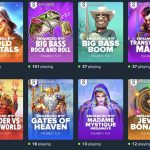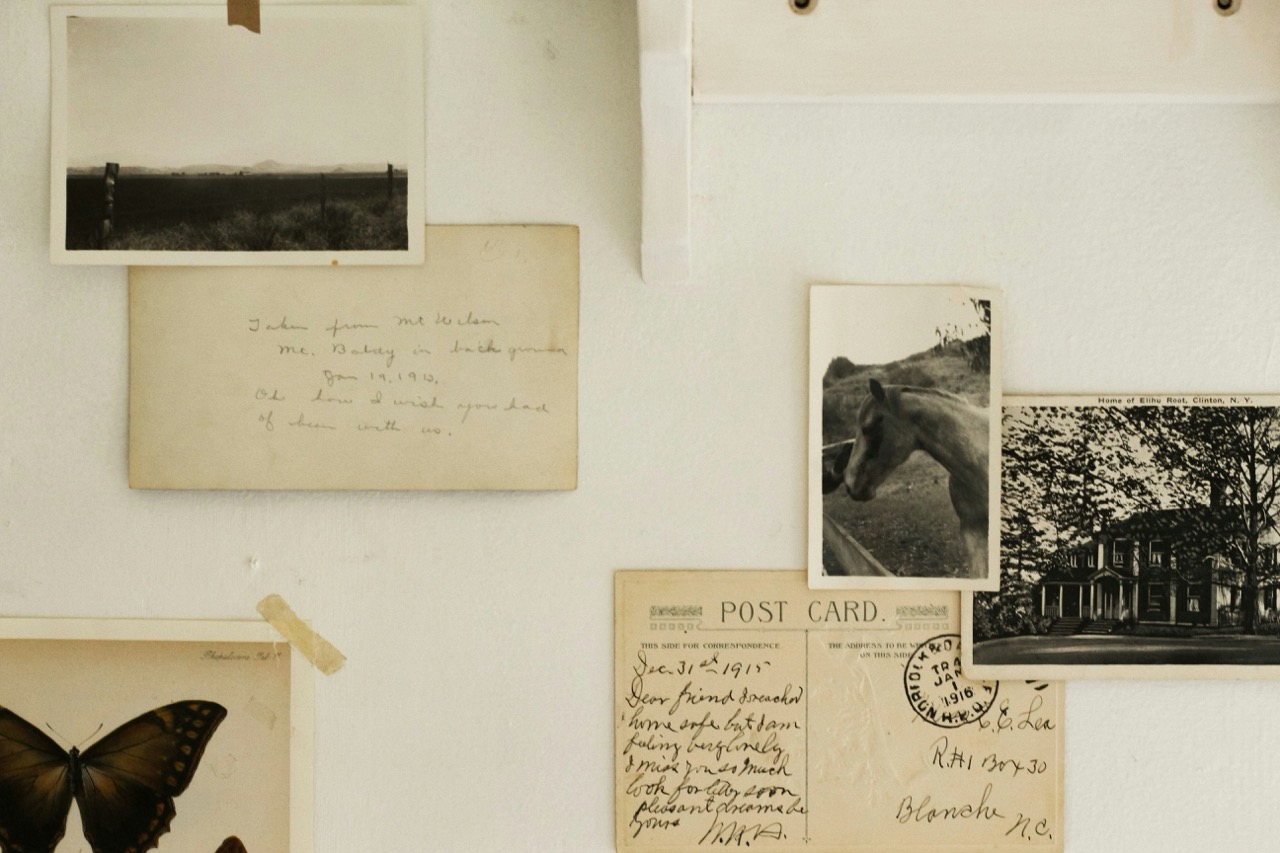I’ve deposited over $100,000 of real money to buy gold coins across various sweepstakes casinos like Stake, McLuck, Crown Coins, Chumba, LuckyLand, Global Poker — I’ve seen all their interfaces, bonuses, jackpots, and dry spells. I know how they work, or at least I thought I did.
For the most part, I treated these sites like what they resemble: online casinos. You buy Gold Coins, get some Sweepstakes Coins as a bonus, spin the reels, and maybe — once in a while — cash out. It’s not exactly high finance, but it can be fun when the variance breaks your way.
But lately, something in the fine print started to catch my eye. Words I’d seen a hundred times before but never really looked at:
“No purchase necessary to play. Alternate Method of Entry available.”
🧾 What Is a Sweepstakes?
Unlike traditional gambling, a sweepstakes is a legally distinct contest where prizes are awarded by random draw, and where anyone can enter without making a purchase. That’s not optional — it’s a legal requirement in the U.S.
To comply, sweepstakes casinos must offer an Alternate Method of Entry (AMOE) — usually a mail-in option or an online form — that allows players to get the same Sweepstakes Coins for free, without depositing.
🏛 The Sweepstakes Casino Model
Sweepstakes casinos operate in this legal grey-but-legal zone. You can’t buy Sweepstakes Coins directly. You’re buying Gold Coins for entertainment, and getting Sweepstakes Coins “as a bonus.” But behind that layer of obfuscation, there’s a very real transactional structure.
And it turns out: you don’t have to transact at all.
That’s the part I never really paid attention to — until recently.
After over $100,000 in deposits and countless sessions, I decided to do something I hadn’t done before: actually try the AMOE route. Not because I’m trying to game the system. Not even because I’m chasing something for free.
But because I’m curious. I want to know:
- How does it work?
- Does anyone actually win through AMOE?
- What’s the experience like from the other side — the non-depositor’s side?
This blog series is my firsthand account of that exploration.
This is Part 1 of my AMOE journey — not a strategy guide, not a promo, just an honest look at what happens when a longtime depositor puts down the credit card… and picks up a pen.
II. What Exactly Is AMOE?
When you’ve deposited over six figures into sweepstakes casinos — even if it’s just since 2025, like me — you get used to how the system works: you buy Gold Coins, you get bonus Sweepstakes Coins, and you spin. The legal disclaimers and fine print? They usually fade into the background.
But one phrase kept showing up, again and again:
“No purchase necessary to enter or win. Alternate Method of Entry available.”
That’s AMOE — short for Alternate Method of Entry — and it quietly rewrites the rules of engagement for sweepstakes casinos.
🧾 The Legal Backbone
Under U.S. law, sweepstakes that offer random prizes must allow a free entry method. Otherwise, they risk being categorized as illegal lotteries — which brings a different set of regulations and restrictions.
So sweepstakes casinos, like Chumba and LuckyLand, structure their offers carefully. You’re not buying Sweepstakes Coins. You’re purchasing Gold Coins for entertainment, and getting Sweepstakes Coins as a free bonus — unless you go the AMOE route and get them for free directly.
✉️ What Does AMOE Look Like?
In most cases, it involves sending a handwritten 4”x 6” index card by mail. You’ll need to include:
- Your full name
- Mailing address
- Date of birth
- Email (and sometimes your phone number)
- Written by hand, using black or blue ink
- Mailed in a standard envelope to a specific address
Some promos allow one entry per day, some per envelope, and all of them have formatting rules. It’s tedious — intentionally or not — and clearly not designed to be fun. But if you follow the instructions, your entry counts just like any purchase-based one.
⚖️ Do You Get the Same Value?
Yes. That’s the point. The law requires that AMOE entries receive equal treatment. So once your postcard is received and processed, you’ll get the same number of Sweepstakes Coins and be placed in the same prize pool as anyone who spent money.
It’s not a second-tier system. It’s the parallel track almost no one bothers to use.
🕳 Why Most Players Skip It
It’s inconvenient. There’s no instant gratification. No shiny bonus codes. No animated reels. Just paper, stamps, and patience.
I ignored it too at first — despite depositing serious amounts into these platforms throughout 2025. But once I realized how it worked, I couldn’t ignore it anymore.
AMOE isn’t some trick. It’s the unadvertised half of the sweepstakes model — slow, manual, and 100% legit.
And for me, that was enough reason to try it.
III. Reading the Fine Print
I’m new to this part of the game.
Up until recently, I was like most high-deposit players — focused on deposits, spins, and redemptions. But in June 2025, I decided to actually test what I’d been skipping over: the Alternate Method of Entry clauses buried in the fine print of these so-called sweepstakes casinos.
So I picked up a stack of index cards, bought stamps, and started sending.
✉️ My First Postcards
I mailed out my first batch in June. These weren’t random letters — they were targeted AMOE entries sent to some of the biggest names in the space:
- Chumba Casino
- LuckyLand Slots
- Global Poker
- Modo Casino
- High 5 Casino
- Pulsz
- Playfame
- McLuck
- And more to come
Each of these platforms advertises itself as a sweepstakes casino, which legally obligates them to offer a free way to enter and win. If they’re not honoring AMOE properly — by processing valid mail-in entries and awarding Sweepstakes Coins — then they may be skirting the very status that allows them to operate in the first place.
🧾 Why It Matters
I’m not doing this because I want a handout. I’ve deposited over $100,000 into these sites. I’ve played plenty.
But these platforms benefit tremendously from their sweepstakes classification — it’s what shields them from standard gambling regulation in most U.S. states. That classification comes with responsibilities.
So now I’m testing for compliance.
Not to be confrontational — just to see if the system actually works as advertised. If AMOE is legally required and available, it should function. If it doesn’t, that’s a red flag — not just for players like me, but for the entire model they’re built on.
🔍 What I’m Watching For
In the coming weeks, I’ll be tracking:
- Whether my entries are acknowledged or ignored
- If Sweepstakes Coins are credited (and how many)
- How long the processing takes
- Whether the process is consistent across sites
- If any responses violate or bend their own stated rules
It’s not about being skeptical — it’s about being thorough. After all, if a site claims to be a sweepstakes but won’t honor its no-purchase entries, what does that say about the rest of its operations?
🧭 Conclusion: A Measured Start
I’m not approaching this with the mindset of someone trying to “beat the system.” I’ve deposited large amounts into these platforms and played them as they’re meant to be played. But once I learned that these casinos are structured as sweepstakes — and legally required to offer a no-purchase method of entry — it felt worth exploring whether that part of the system actually works in practice.
This isn’t about suspicion or calling anything out. It’s just a matter of engaging with the terms as they’re written and seeing if those terms are being upheld. If a sweepstakes casino offers a mail-in entry option, then it should process that entry like any other. If it doesn’t, that’s not a matter of personal frustration — it’s a basic compliance question.
So I’ve started sending AMOE entries to several of the major platforms: Chumba, LuckyLand, Global Poker, Modo, Pulsz, Playfame, High 5, McLuck, and others. I’ll be observing how each handles the process — whether entries are acknowledged, whether Sweepstakes Coins are issued, and whether the procedure is consistent with what’s described in their public-facing rules.
It’s still early, and I don’t know what the outcomes will be. But this seems like a reasonable place to begin: not chasing anything, not expecting too much — just testing what’s been written in the fine print all along.







